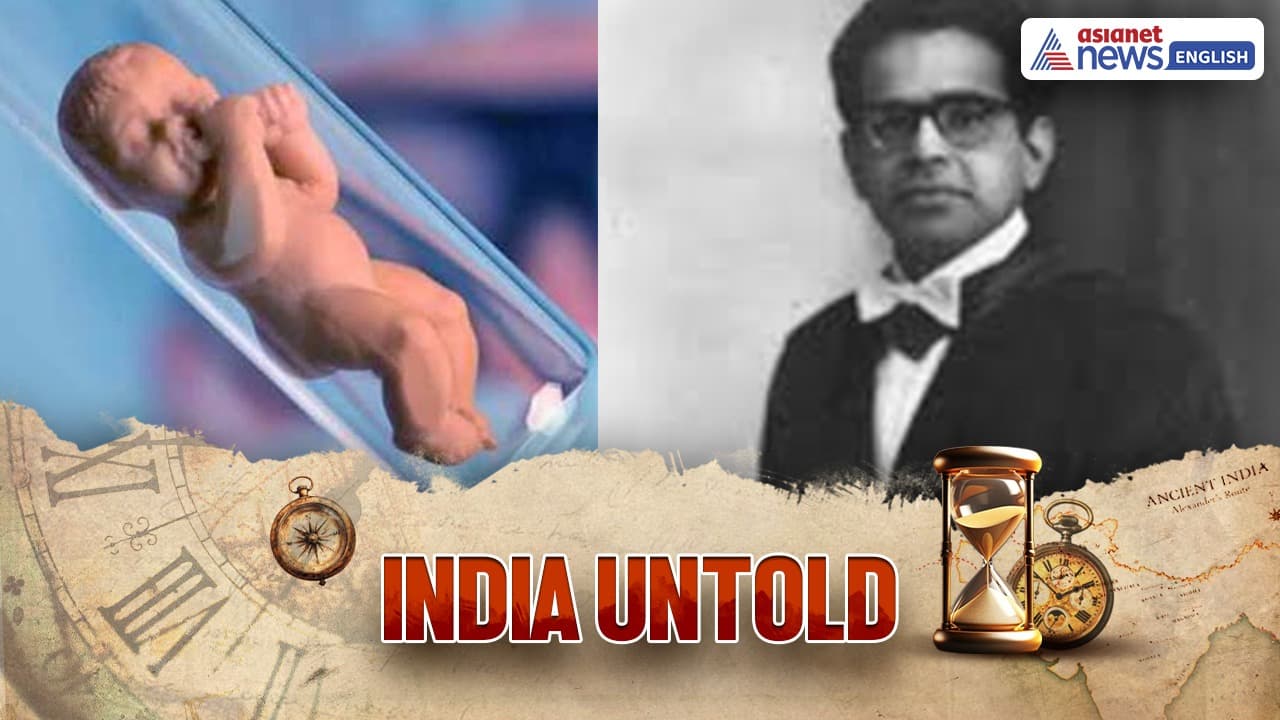In 1978, the world celebrated the birth of Louise Brown, the first “test-tube baby” conceived through IVF in the UK. Mere 67 days later, in Kolkata, a baby named Durga was born through the same miraculous process – thanks to Dr. Subhash Mukhopadhyay.
In 1978, the world celebrated the birth of Louise Brown, the first “test-tube baby” conceived through in-vitro fertilization (IVF) in the United Kingdom. It was a triumph of human perseverance over infertility. What few knew then, and what many Indians still remain unaware of, is that a mere 67 days later, in a modest hospital in Kolkata, a baby named Durga was born through the same miraculous process — thanks to Dr Subhash Mukhopadhyay’s groundbreaking work.
Working with meager resources, obsolete equipment, and no institutional backing, Dr. Mukhopadhyay achieved what only one other team in the world had managed. He successfully fertilized an egg outside the human body, preserved it through cryogenic freezing, implanted it back into the mother’s womb, and delivered a healthy baby — a feat of sheer brilliance that should have catapulted India to the frontlines of reproductive science. But instead of recognition, came rejection.
When Dr. Mukhopadhyay presented his findings, expecting constructive debate or curiosity, he was met with contempt and disbelief. The West Bengal government, doubting his claims, assembled a “review committee” dominated by bureaucrats and doctors with little understanding of reproductive biology. They mocked his methods, dismissed his research, and branded him a fraud.
Instead of accolades, he received a transfer — from physiology to an eye department — stripping him of his research tools and dignity. He was barred from international conferences, denied publication opportunities, and slowly erased from India’s scientific discourse. The corridors of Indian science, which should have echoed his name, fell silent. The cruelest irony was that he was condemned not for his failure, but for his success.
The very system that should have nurtured his genius caged it in apathy and envy. Colleagues turned indifferent. Institutions stayed mute. And when his wife passed away, isolation swallowed him whole.
On June 19, 1981, the man who dared to redefine parenthood took his own life. He hanged himself in his Kolkata home, leaving behind a note — and a scar on the soul of Indian science. It wasn’t until years later that the truth began to surface. In 1986, Dr. T.C. Anand Kumar and Dr. Indira Hinduja delivered India’s “first officially recognized test-tube baby,” Harsha. But when Dr. Kumar examined Mukhopadhyay’s notes, he was stunned — the late doctor had achieved the same feat years earlier.
He later acknowledged that Dr. Mukhopadhyay had pioneered many IVF techniques India was only beginning to use. By then, it was far too late. The man was gone. Recognition came posthumously — as it often does for those who challenge mediocrity.
A Kolkata street now bears his name, but the official apology he deserved never came. In 1991, filmmaker Tapan Sinha brought his story to the screen in ‘Ek Doctor Ki Maut’, starring Pankaj Kapur and Shabana Azmi.
Dr. Mukhopadhyay’s genius lay not in a single experiment, but in an entire process. He mastered embryo freezing and ovulation induction at a time when both were barely understood. His research could have placed India decades ahead in IVF technology — but the nation lost both time and a titan. Durga, the baby he helped bring into the world, now lives as a living testament to his genius — not under national applause, but in the quiet shadow of a forgotten hero.
As ‘Ek Doctor Ki Maut’ so poignantly states, “Naye naye dard milte hain, purane dard chhod jaate hain.” (New wounds come, but old ones never heal.)
(This article has been curated with the help of AI)
